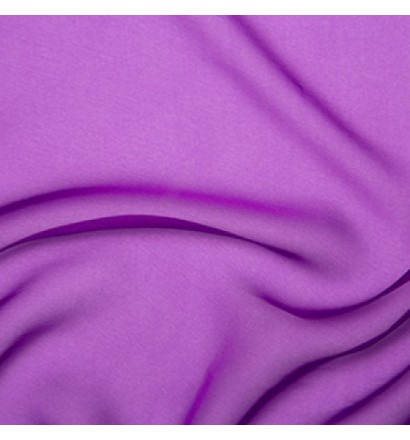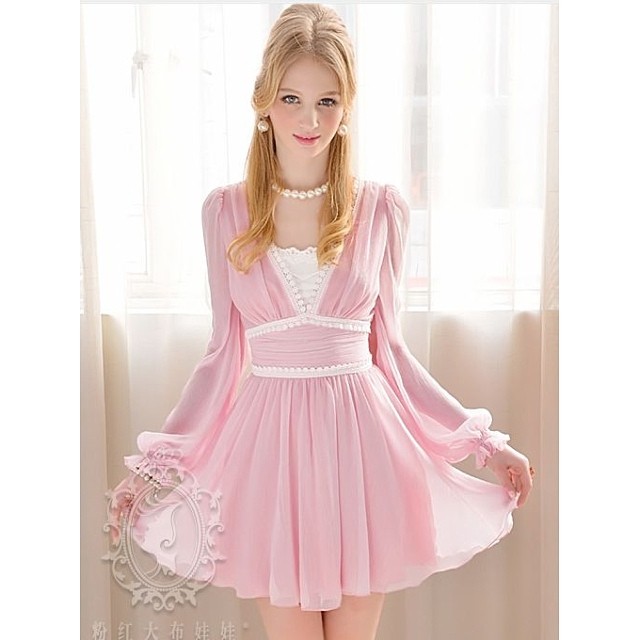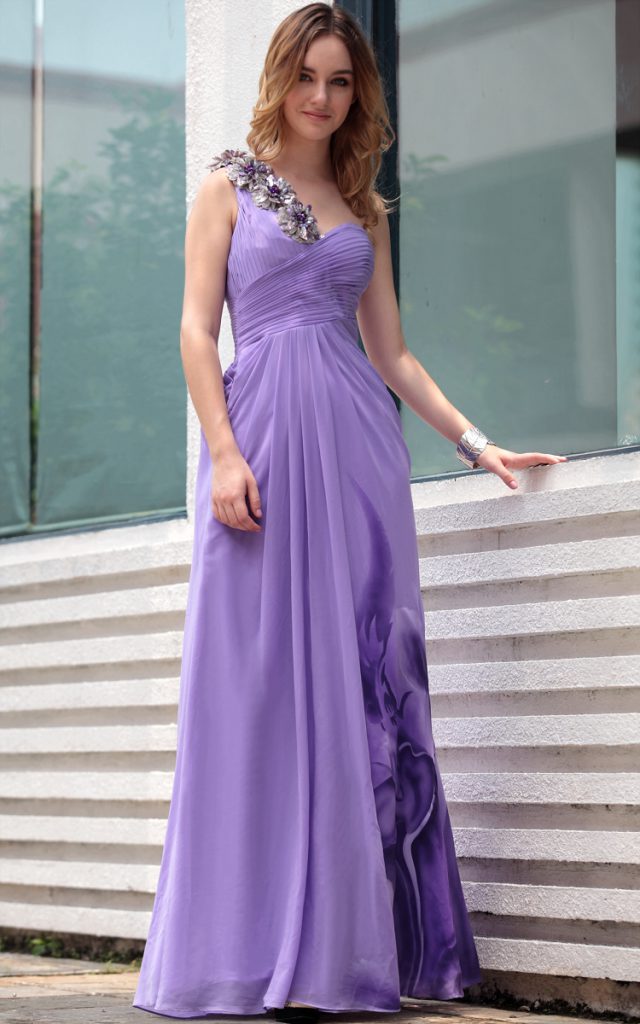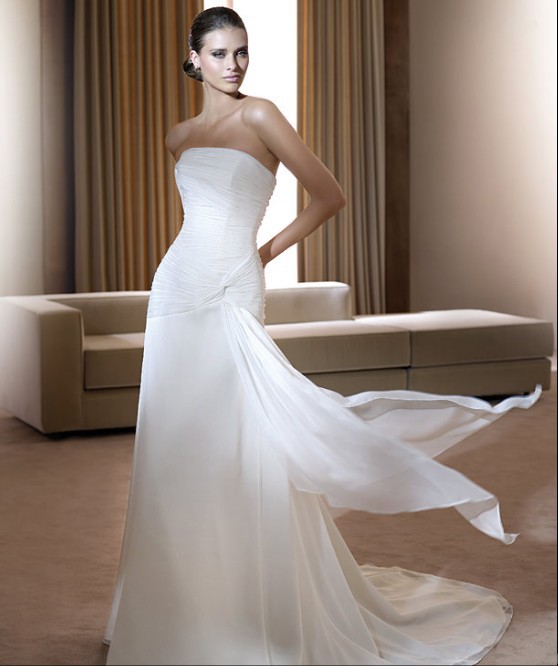Chiffon is a lightweight sheer fabric originally produced with silk yarns, however new processes and new technology has developed chiffon is now produced with nylon and polyester yarns. This is a cheaper lightweight fabric if produced with synthetic yarns, the advantage of synthetic over silk is the durability aspect so the fabric will naturally last longer than a silk chiffon.
Looking closely at the chiffon you will see similar construction like a net, it is a fine material with more of a spaced weaving method. Crepe chiffon has more of a texture as the two yarns are twisted both the warp and weft in an order creating a crinkled effect. This adds to the texture and characteristics of the fabric so if you are using it for any project it will add a difference to the fabric and lift it.


Types of Chiffon
Crepe chiffon
A crinkled fabric, lightweight with a fine netted finish and it is semi-transparent.
Silk chiffon
Original chiffon produced with raw silk in the early 19th century, it has a higher lustre compared to georgette and it has a softer feel.
Polyester chiffon
Synthetic yarns are used to create a very similar fabric to the silk chiffon with the same transparency, the yarns are stronger and have the same lustrous look.
Nylon chiffon
It was produced as the first synthetic chiffon before polyester chiffon. Nylon chiffon has the same strength as polyester and it is around the same price point.
Usage of Chiffon
Chiffon was originally used by dressmakers as a thin drape or it was used to layer delicate dresses. The origins of the word chiffon in French translate as cloth or rag, it was also recognised as a thin gauze that would shimmer (meaning allow light through creating a shimmer effect).

Now silk chiffon is used for more expensive couture dresses and scarves to create a delicate drape which is quite loose on the body. Silk chiffon is also used to create delicate luxury lingerie.
Polyester and nylon chiffon are used in women’s wear for dresses and layered tops or thin summer garments. Scarves are popular in chiffon and especially crepe chiffon to add an extra dimension to the design. Synthetic chiffon is widely used in lingerie for the inexpensive and durable aspect, luxurious gowns are also made with chiffon.


Conclusion
Looking after silk chiffon is important as a silk it is delicate and should be washed correctly or ideally dry cleaned to avoid any damage to the fibres. Keeping silk chiffon away from moths is important as they can feed on the fibres.
Synthetic chiffon is easier to maintain as the fibres are stronger and can be washed in a normal wash on a low heat. Ironing should be a low heat with a cloth over the top to stop any burn marks.
Chiffon is a delicate fabric and great for use during the summer for a light feel, it can be used to layer garments or decorative features for the home e.g. drapery over curtains or a sheer instead of curtains in the summer. It has a greater advantage over polyester chiffon as it has a higher lustre and is semi transparent making it easier to layer.